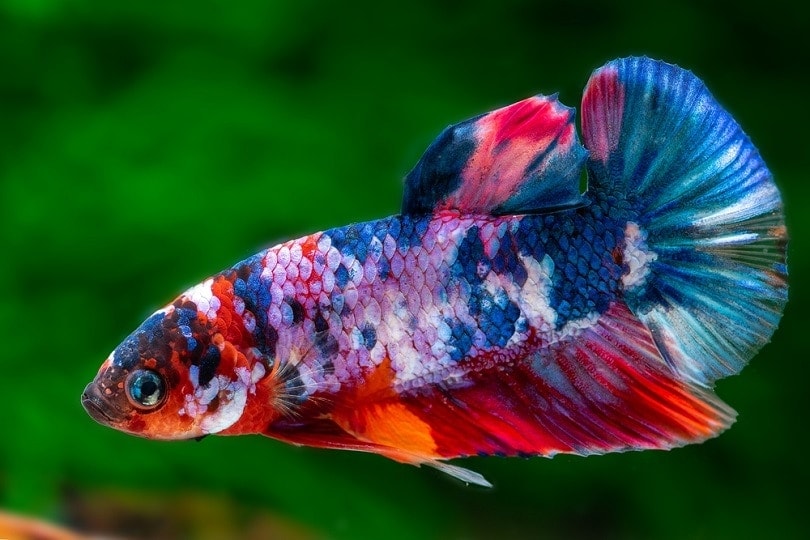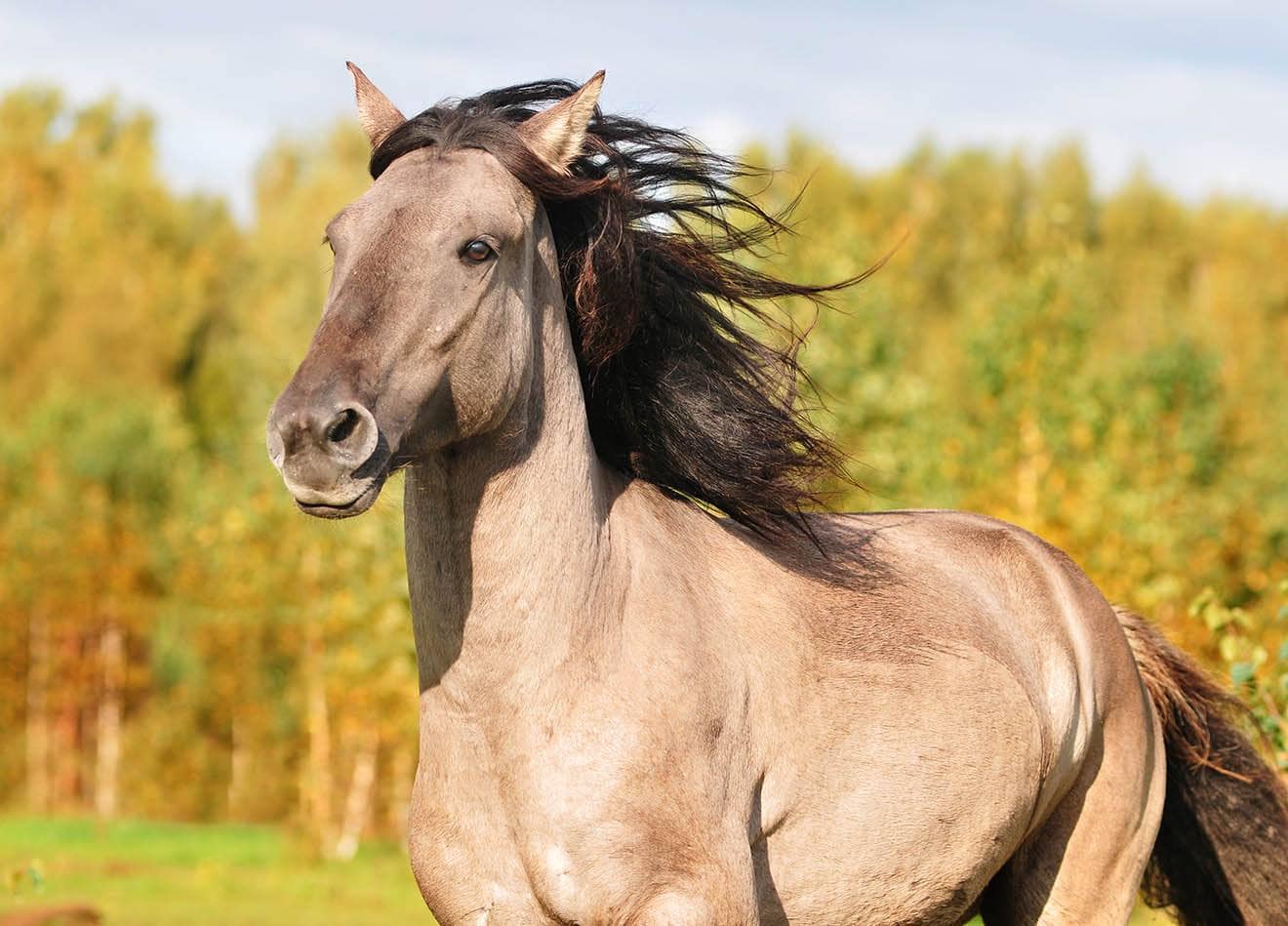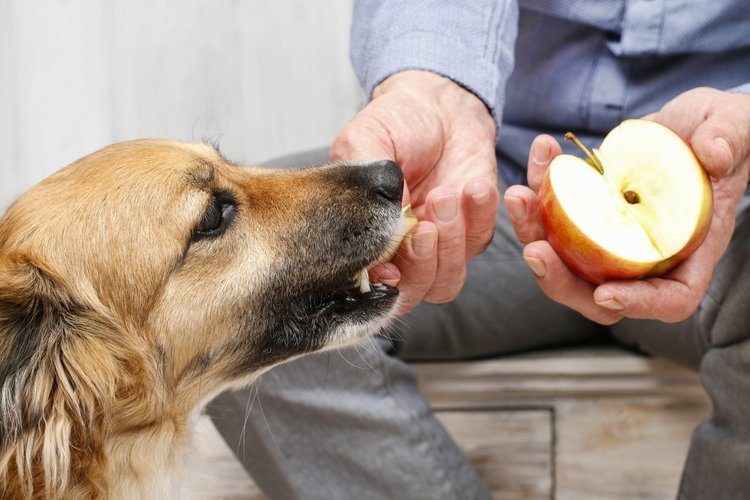
Every rabbit has a story that goes along with how it came into your life, but many don’t have the clear origins that you get when buying from a breeder. If you’ve recently acquired a new rabbit or are wondering about the provenance of a bunny you’ve had for a while, you’re probably curious as to its breed.
Rabbit owners need not be interested in showing their rabbit professionally to be inquisitive about its genetic heritage. Whether it’s so you can be prepared for breed-specific health issues, are considering breeding your rabbits, or simply want to know them better, this guide is intended to help you narrow down the options and positively identify your rabbit’s breed.
Together, we’ll look at the most common indicators of different rabbit breeds before comparing your findings to the American Rabbit Breeders Association’s (ARBA) list of 49 recognized breeds. So, set yourself somewhere close to your rabbit, and let’s get started!
The 5 Signs to Quickly & Easily Identify Your Rabbit’s Breed
1. Size and Weight
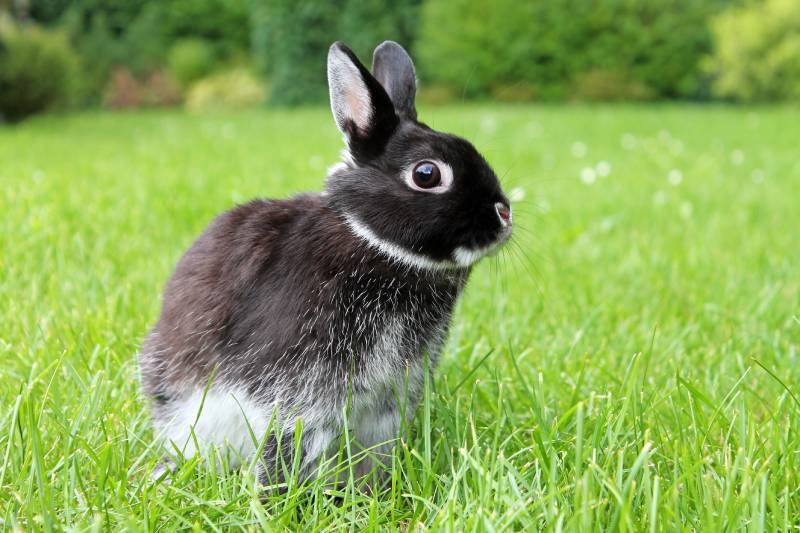
Rabbit breeds come in a wide variety of sizes and weights, ranging from the diminutive 2-and-a-half pound Netherland Dwarf to the aptly named 20+ pound Flemish Giant. Starting with this most easily observed characteristic immediately narrows down the field to three major categories:
2. Fur Type

Most of the 49 breeds of rabbit recognized by the ARBA have smooth, short fur that comes in one of three textures, which you can test by running your hand against the grain of your rabbit’s fur:
Rabbits from Angora or Lionhead stock will display an unmistakable “fuzzy” or “wooly” look, with long and dense hairs. Breeds in this category include the Angora family, Lionheads, American Fuzzy Lops, and Jersey Woolies.
Lastly, the extremely plush and velvety fur of the Rex and Mini Rex stands in a category all its own. Because its underfur and guard hairs are the same length, the coat on any Rex breed is exceptionally soft and cuddly.
3. Body Type
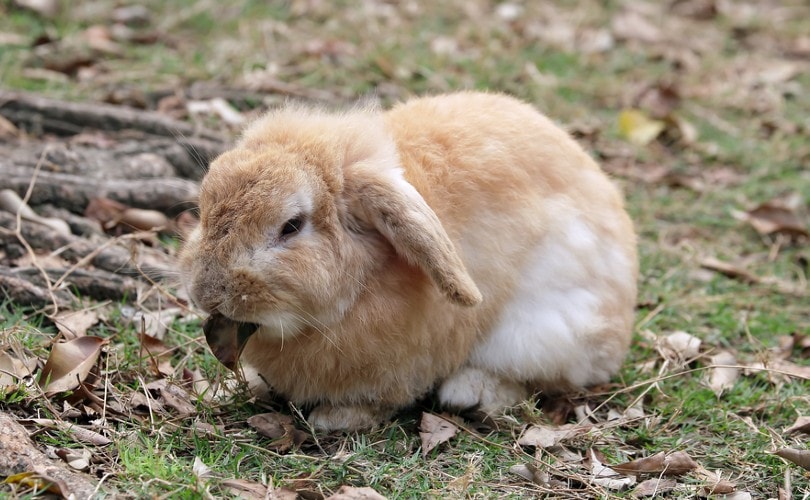
The overall shape of a rabbit can be a strong indicator of its breed family. Rabbit breeds can be broadly classified into five body types:
- Compact rabbits are recognizable by their small, short bodies that can be said to resemble a Bulldog. Often, their shoulders will stand shorter than their hips. Examples include the Holland Lop, Dutch, and Netherland Dwarf.
- Full-arch breeds most resemble wild hares, having long, slender legs and bellies that arch away from the ground. Examples include the Belgian Hare, Checkered Giant, and English Spot.
- Semi-arch rabbits share the long, lithe bodies of full-arch breeds, but without quite so exaggerated of a rise in their spines. The Flemish Giant is the most prominent example of this body style.
- Commercial-type rabbits, or “meat rabbits”, are the all-rounder of the rabbit world, medium in height, weight, and proportions, with full hips and muscles. Examples include the French Lop, Harlequin, and French Angora.
- Cylindrical is a body type possessed by just one breed of rabbit: The Himalayan. Its hips and shoulders remain level when at a seated rest.
Each of these five body types features uniquely in a breed of rabbit; for instance, you will find Rexes only with a Commercial body type, never a Full Arch. The only caveat to this rule is that interbreeding can produce unexpected consequences, and should be considered in the case of an uncertain conclusion on breed.
4. Ear Style
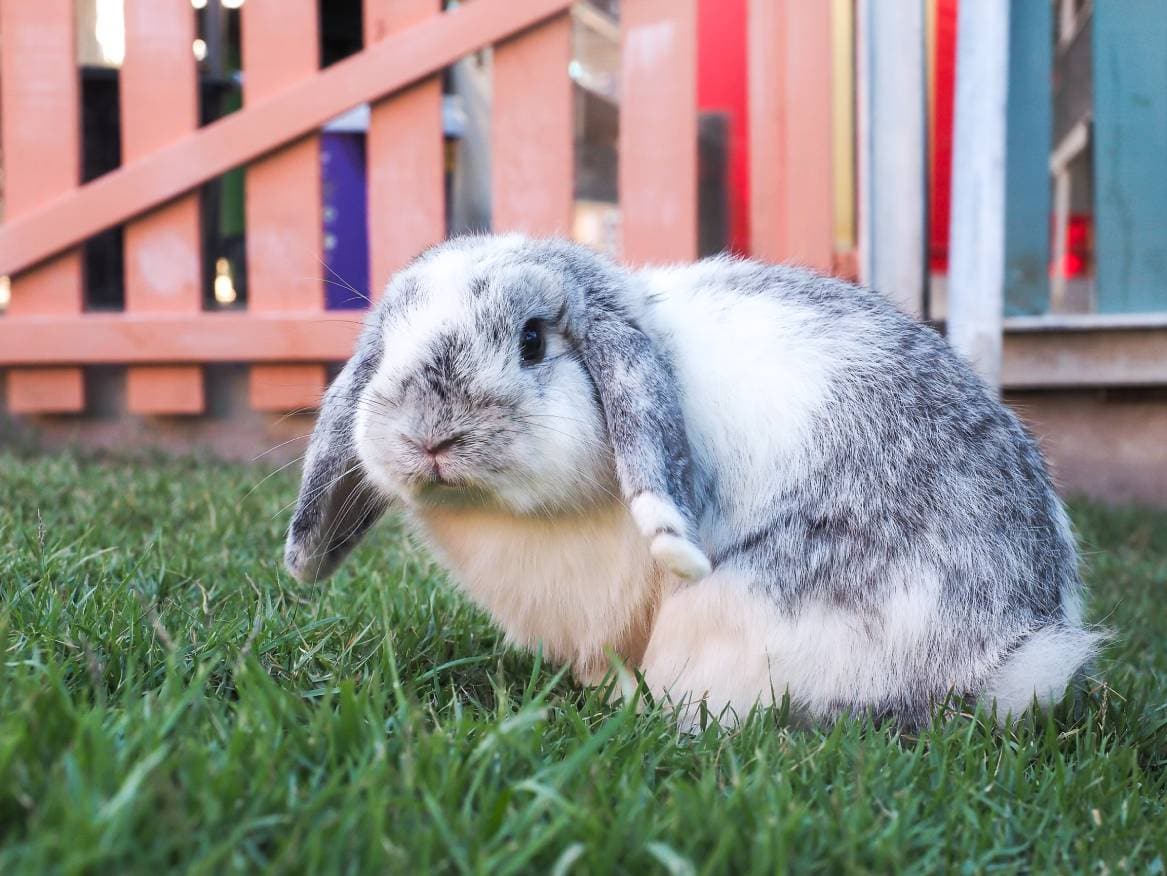
A rabbit’s ears can clue you into the general family of its breed very easily. Indeed, each breed has a characteristic style of ear, which fall neatly into three major categories:
5. Color and Markings
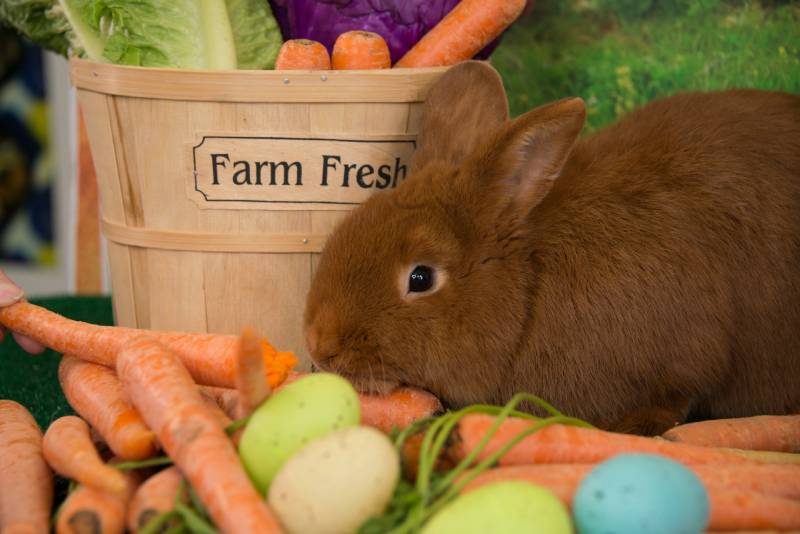
Of all the ways to tell a rabbit’s breed, on its own color can be either the most definitive or least helpful, depending on how unique your rabbit’s coat is. When used in combination with the previous indicators though, color and markings can point clearly towards a specific breed.
With certain breeds, such as the Checkered Giant, Thrianta, Himalayan, or Tan, color is all you need to know to give them away. No other breed of their size and shape has the same coloring.
Putting It All Together
Once you’ve made note of each of the previous qualities in your rabbit, it’s time to head over to the “Find Your Breed” section of the ARBA’s website with this link. Here, you’ll find a complete list of the 49 recognized breeds of rabbits in North America, complete with pictures and brief details.
After using this resource to put a name to your rabbit’s breed, it’s fast and easy to perform a simple Google search with the breed’s name and the color of your rabbit so you can get visual confirmation of your conclusion.
But what if your rabbit doesn’t fit into one of these 49 breeds? In that case, it’s entirely reasonable to assume that your rabbit is a cross of one or more well-known breeds and to happily refer to it as a “mixed breed” rabbit. Though it may not be the next best in show, this should not discourage you from loving and caring for your rabbit just as surely as any named breed.
Conclusion
Confirming any rabbit’s genetics without the history and knowledge of a breeder can be a challenging task, indeed. Hopefully, by using the observation process outlined in this article, you have come closer to a positive identification for your rabbit’s breed.
If there is still doubt in your mind as to your conclusion, it’s entirely worthwhile to join a rabbit enthusiast’s forum where you can post pictures and discuss possible breeds that could contribute to your rabbit’s unique constitution. Thank you for reading, and best of luck in determining your rabbit’s heritage!
Featured Image Credit: Chan Swan, Unsplash




